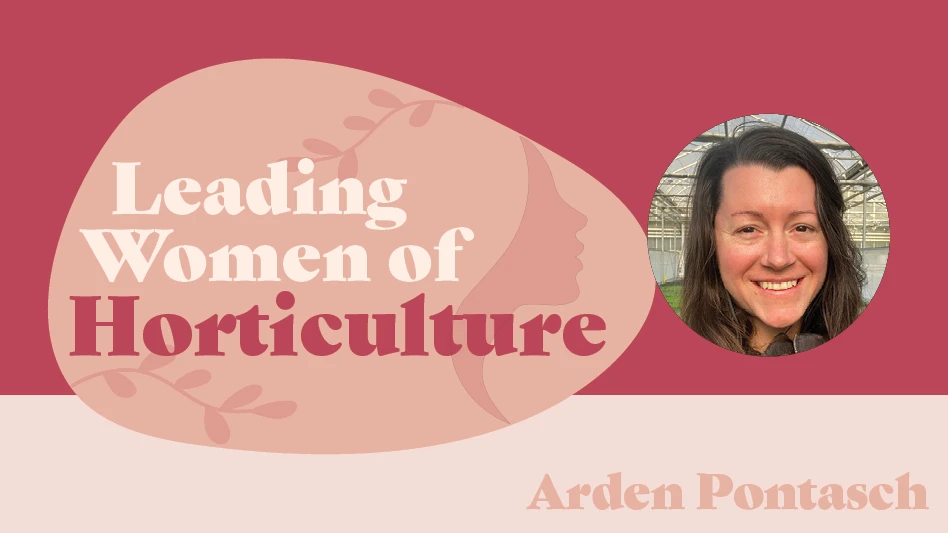
_fmt.png)
In the landscape: A. canescens has significant value in prairie restorations, native meadows and landscape situations that include native plants for pollinators. Adaptable in a wide range of soils, lead plant, once established, will offer a prolonged contribution of ornamental value, and combines well with a wide range of grasses and native forbs.
There are few plants that I appreciate more for “comprehensive” landscape value than the native lead plant. I’ve been observing, growing, photographing and enjoying this pea family (Fabaceae) deciduous shrub for decades. I am constantly impressed with the pinnately compound leaves, covered in dense, short hairs, that unfurl every spring and offer a “grayish” cast to the plant. Seeing morning dew on the foliage is memorable and bears repeated observation and enjoyment on a frequent basis. Admittedly, the purple flowers grouped on terminal spikes are the star of the summer show but the sustained vigor and tenacious desire to exist makes this plant all the more impressive.
Native to upland prairies, rocky bluffs and open woodlands, this legume is often characterized and sold as an herbaceous perennial, but it is truly woody and while it may die repeatedly to the ground in some situations, it is quick to regenerate new growth and may act like a typical herbaceous perennial with annual regrowth. Mature plants become more woody and branching with age and can reach 3 feet tall or so in the landscape. The deep roots (up to 15 feet down!) made early plowing by pioneers difficult; hence the common name of “prairie shoestrings.” These deep, extensive roots allow lead plant, which is not particular about soils, to survive fires and drought. The presence of lead plant was initially thought to be an indicator of subsurface lead ore; hence the common name. Native Americans used the leaves of this plant for smoking, making tea and many other uses. One native plant reference listed lead plant as “perhaps the most conspicuous, most widely distributed and most abundant of prairie plants with the exception of some grasses.”
_fmt.png)
Lead plant really prefers full sun but can tolerate part sun. The plant may lean and stretch more towards available light in shadier situations and flowering will be compromised. The gray cast of the fine, textural foliage is always engaging and acts as the perfect foil for the iridescent, violet-purple flower spikes (4-8 inches long) exhibiting very conspicuous orange-gold stamens. The flowers bloom from the bottom to the top and are a rich nectar source for bees, butterflies, moths, beetles and other beneficial insects. The bloom period is close to four weeks and ultimately the later fruiting structures are browsed by deer and other mammals. It is important to note that the foliage is high in protein and a delicacy for both rabbits and deer!
Newly planted lead plant may take up to four years to mature and flower but they are invaluable in the native garden and have value in mixed plantings, prairies, meadows and for soil stabilization initiatives. While this plant has very few insect and disease problems, it does demonstrate some susceptibility to leaf spots, rust, powdery mildew and cankers. Propagation is most commonly achieved with scarified seeds planted in fall or cold-damp stratified and planted in the spring.
Why grow Amorpha canescens?
- Extremely ornamental in both foliage and flower
- Durable, tough and long-lived
- Excellent nectar source for a wide range of pollinators
- Adaptable in a wide range of soils
- Erosion control efforts


Explore the July 2022 Issue
Check out more from this issue and find your next story to read.
Latest from Nursery Management
- Trends: Proven Winners 2025 perennial survey shows strong demand
- Online registration opens for the 2025 Farwest Show
- Sustainabloom launches Wholesale Nickel Program to support floriculture sustainability
- Plant breeding as an art
- Society of American Florists accepting entries for 2025 Marketer of the Year Contest
- American Horticultural Society welcomes five new board members
- Get to know Christopher Brown Jr. of Lancaster Farms
- American Floral Endowment establishes Demaree Family Floriculture Advancement Fund






